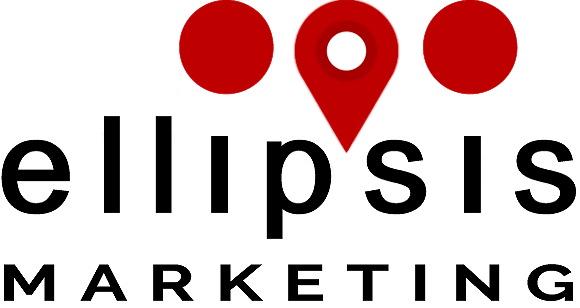
Grants can be a great source of funding for small businesses but you need to know how to file a small business application if you want a chance to benefit from them. Here’s how you do it.
How to File a Small Business Grant Application
When you apply for a small business grant, you’ll need to do some preparation and then craft an effective application.
- Preparation - Preparation is the key to grant applications. Here are the steps you should take to prepare to apply for a grant.
- Define The Funding - Outline the specific funding you need and identify the objectives a grant will help you achieve.
- Create A Business Plan - Your plan should include items such as company description, business structure, service offered, financial projections, etc.
- Compile Details - Compile details, such as your contact information, how you will use the grant money, business license number, business’s tax ID (EIN) number, and revenue/profit history and projections.
- Gather Records - Business records should cover at least the last three years.
- Consult An Expert - Have your business plans and records reviewed by experts, such as a SCORE mentor or someone with experience in the grant process.
- Hire A Grant Writer - Grant writers have valuable experience in the grant process.
- Get Nonprofit 501(c)(3) Status - This status helps when seeking a nonprofit grant because it identifies your business as a legitimate nonprofit.
- Look For Tax-Exempt Status Paperwork - This type of paperwork can increase your odds of getting funding if your business is eligible.
- Applying For A Business Grant - Here are the steps to applying for a grant.
- Identify Which Grants You Can Get - Start with grants specific to your location, then look for national grants from both corporate sources and the federal government.
- Read The Grant Requirements And Narrow Down Your Choices - Try meeting with the funding source to discuss your idea before writing or delivering a proposal.
- File Your Grant Proposal - The purpose of your proposal is to demonstrate your worth. It should present a logical solution to a problem and convince the funder that you know what you’re doing. Tell your story in the budget and the proposal narrative. You’ll need to make a compelling case for why you should receive the grant and what you’ll use it for. Here’s what to include in your business grant proposal.
- Cover Letter - The first impression the grant reviewer will have of your application. It should contain a summary of your proposal and what makes you different from other applicants.
- Executive Summary - A top-level summary of the main aspects of your business and the core components of your grant proposal.
- Basic Information - Include information about your business, such as other sources of funding, your annual budget, and information about your executive officers and governing structure.
- Need Statement - Why are you seeking the funds? What important need will you address with them? Your need statement should summarize the facts, figures, and data your grant reviewer needs to make their decision.
- Purpose - Specify how you will use the funding.
- Evaluation - Show which data you will track to determine the impact of their funding.
- Budget - Detail how much it would cost to complete the project you want the funding for. If you’re expecting other sources of funding, mention them.
- Documentation - Provide information that could increase your chances of success, including financial statements, tax-exempt letters if you’re a not-for-profit organization, etc.
- Wait - Check the submission guidelines for the approval/rejection process. Sometimes there will be a timeframe, a series of steps to take, or a tracking number to follow the progress of your proposal. Typically you’ll be notified when your proposal is pending and when it’s approved or rejected.
- Common Mistakes - Avoid making these common mistakes.
- Overapplying - Applying for too many grants at one time decreases your chances of getting one because you have less time and energy to spend on each application.
- General/Unoriginal Proposals - Don’t describe your mission statement in general terms. List specific solutions that address the funder’s interests. Describe how you‘ll meet their needs in a unique way so your proposal doesn’t read like all the others.
- Budget - Make sure your budget is realistic. Grant funders are good at spotting unrealistic budgets.
- Directions - A common mistake is not following directions. Grant givers are looking for specific criteria, so follow the directions, including how many pages they want, submission date, etc.
If you want to know more about grants, read our article, “California Small Business Grants To Kick Start A Strong 2022”, or contact us.
Tags: grant, application

